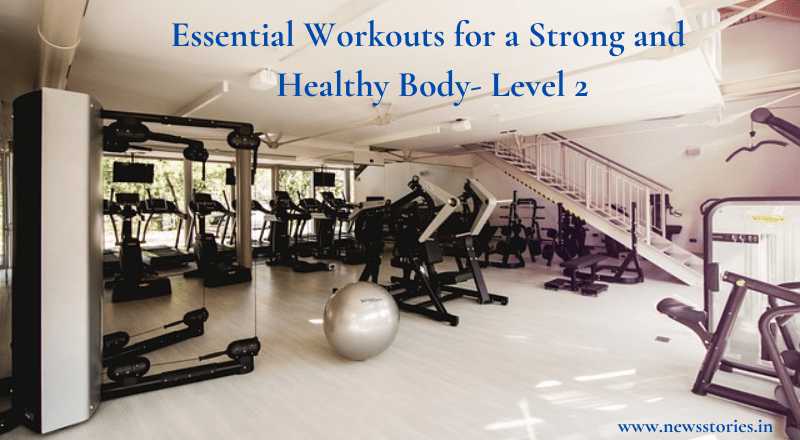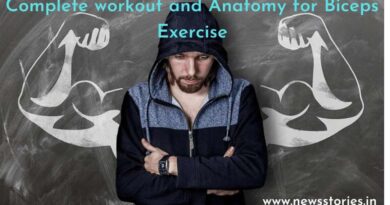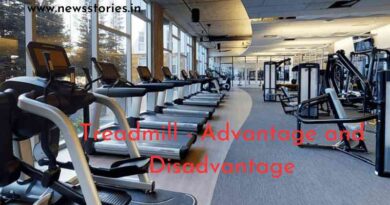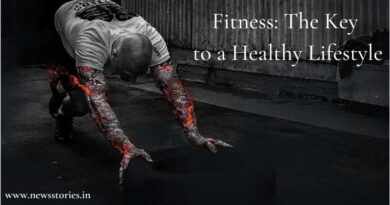Essential Workouts for a Strong and Healthy Body- Level 2
Leg Workouts: Sculpt Your Lower Body
Strong and toned legs not only look great but also provide a solid foundation workouts for overall strength and mobility. Incorporate these leg workouts into your routine for sculpted lower body muscles.
Lunges
Lunges are a compound exercise that targets the quadriceps, hamstrings, and glutes. Step one leg forward and squat down until both knees are at a 90-degree angle. Repeat with the second leg, pushing yourself back up to the starting position. Add dumbbells for added resistance.
Squat Jumps
Squat jumps combine the benefits of squats with explosive power. Start with your feet shoulder-width apart, lower into a squat position. And explode upward, jumping as high as you can. Land softly and immediately go into the next repetition. Squat jumps provide a cardiovascular element to leg training.
Bulgarian Split Squats
Bulgarian split squats target the quadriceps, hamstrings, and glutes while also challenging your balance and stability. Place the top of one foot on a bench or step while standing a few feet away from it.
Lower your body by bending the knee of the front leg until your thigh is parallel to the ground. Return to the starting position after performing the exercise with the opposing leg.
Calf Raises
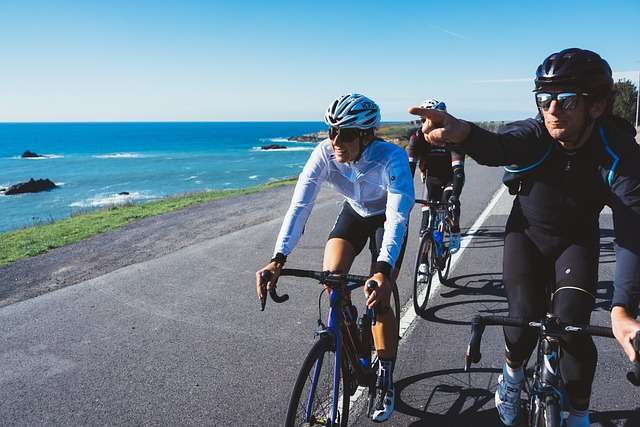
Calf raises isolate and strengthen the calf muscles. Put your heels over the edge of a step or platform while you stand there. Rise up on your toes as high as possible. Then lower your heels below the step for a deep stretch. The appropriate number of times should be repeated.
Glute Bridges
Glute bridges serve to increase hip stability by engaging the glute muscles. You should be lying on your back with your legs bent. Feet flat on the ground. When your body is in a straight line from your shoulders to your knees. Push through your heels to lift your hips off the ground. At the top, squeeze your glutes, then lower yourself back down.
Step-Ups
Step-ups are an effective lower body exercise that targets the quadriceps, hamstrings, and glutes. Place yourself in front of a solid step or platform. Step one foot onto the platform, push through the heel. And lift your body up until the front leg is fully extended. Retract your steps and extend the other leg.
Hamstring Curls
Hamstring curls primarily target the hamstring muscles at the back of your thighs. You can perform this exercise using a machine at the gym. Or by using resistance bands or a stability ball at home.
Lie face down on a bench or stability ball, hook your feet under the pads or secure. The resistance band around your ankles, and curl your legs towards your glutes.
Upper Body Workouts: Tone Your Arms, Chest, and Back
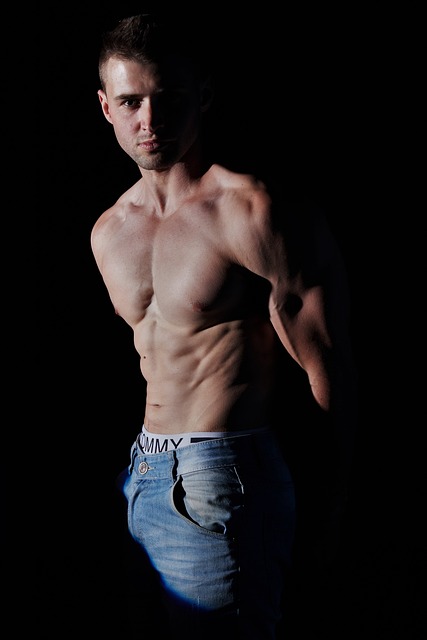
Toning your upper body not only enhances your physique but also improves strength and posture. Here are some effective workouts to target your arms, chest, and back.
Push-Ups
A traditional bodyweight exercise that works the chest, triceps, and shoulders are push-ups. Start out in a plank position with your hands slightly wider than shoulder width apart. Lower your body by bending your elbows, keeping your core engaged. And push back up to the starting position.
Dumbbell Bicep Curls
Dumbbell bicep curls isolate and strengthen the bicep muscles in the front of your upper arms. Holding a dumbbell with the hands facing forward, stand.
Curl the weights up towards your shoulders while keeping your elbows tight. To your sides and squeezing your biceps at the top lower back down and repeat.
Bent-Over Rows
Bent-over rows target the muscles of the upper back, including the rhomboids, last, and rear deltoids. Standing with your feet shoulder-width apart, bending your knees just a little, and moving your hips forward.
With the palms facing in, grasp a dumbbell in each hand. Squeezing your shoulder blades together, raise the weights towards your chest. Lower back down and repeat.
Triceps Dips
Triceps dips focus on the triceps muscles at the back of your upper arms. Put your hands on the edge of a bench or chair and point your fingers forward. Extend your legs out in front of you and slide your butt off the bench.
Bend your elbows while keeping them close to your sides. lower your body, and then push yourself back up.
Also Read : https://newsstories.in/the-ultimate-guide-to-pull-up-bars-mastering-your-upper-body-strength/
Shoulder Lateral Raises

Shoulder lateral raises target the lateral deltoid muscles, giving your shoulders a sculpted appearance. Holding a dumbbell in each hand with the palms towards your body, stand.
Raise your arms out to the sides, keeping them straight until they are parallel to the ground. Lower back down and repeat.
Flexibility Exercises: Improve Your Range of Motion
Improving flexibility is crucial for preventing injuries, enhancing athletic performance, and maintaining joint health. Incorporate these flexibility exercises into your routine:
Standing Forward Fold
Standing forward fold is a yoga pose that stretches the hamstrings, calves, and lower back. Stand with your feet hip-width apart. Fold forward at the hips, and let your upper body hang. Bend your knees slightly if necessary and allow your head and neck to relax.
Child’s Pose
Child’s pose is a restorative yoga pose that stretches the lower back, hips, and shoulders while promoting relaxation. Start on your hands and knees, then sit your hips back towards your heels and extend your arms forward. Rest your forehead on the mat or a cushion and take deep breaths.
Standing Quad Stretch
The standing quad stretch targets the quadriceps muscles at the front of your thighs. Stand tall, reach back with one hand, and grab your ankle or foot. Pull your heel towards your glutes, feeling the stretch in the front of your thigh. Hold for a few seconds and repeat on the other side.
Seated Forward Fold
The lower back, shoulders, and hamstrings are stretched during the seated forward fold. Legs out in front of you as you take a seat on the ground. Reach forward and try to touch your toes or grasp your ankles. Keep your spine long and breathe deeply as you fold forward.
Pigeon Pose
Pigeon pose is a yoga pose that opens the hips and stretches the glutes and hip flexors. Start in a high plank position, bring one knee forward towards your hands.
And place it on the ground with your shin perpendicular to your body. Extend your other leg behind you and square your hips. Lean forward and rest your forearms on the ground or stay upright, feeling the stretch in your hip.
Frequently Asked Questions about Workouts
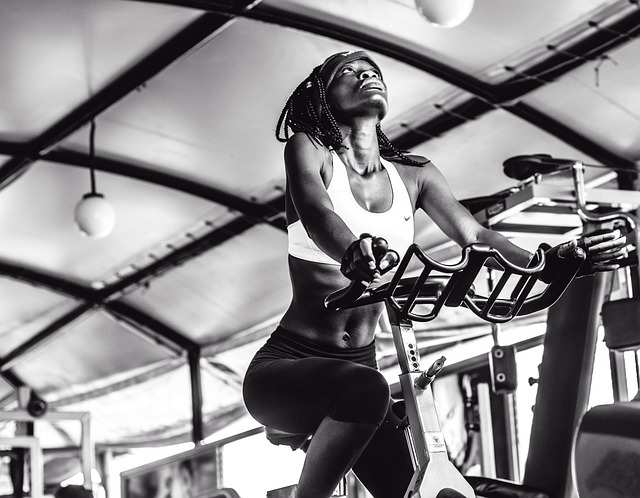
How often should I workout?
The frequency of your workouts depends on your fitness goals and current fitness level. For general fitness, aim for at least 150 minutes of moderate-intensity aerobic activity or 75 minutes of vigorous-intensity.
Aerobic activity per week, along with strength training exercises two or more days a week. Obtain advice from a fitness expert to develop a customized exercise schedule.
Should I workout on an empty stomach?
It is generally recommended to have a light snack or meal before a workout to provide your body with the necessary energy. However, everyone is different, and some people may prefer to exercise on an empty stomach. Find what works best for you by paying attention to your body.
How long should I rest between sets?
The amount of rest between sets depends on various factors. Including the intensity of the exercise, your fitness level, and your goals. As a general guideline, rest for about 30 seconds to two minutes between sets. This enables your muscles to partially recuperate before the following set.
Can I lose weight by just doing workouts?
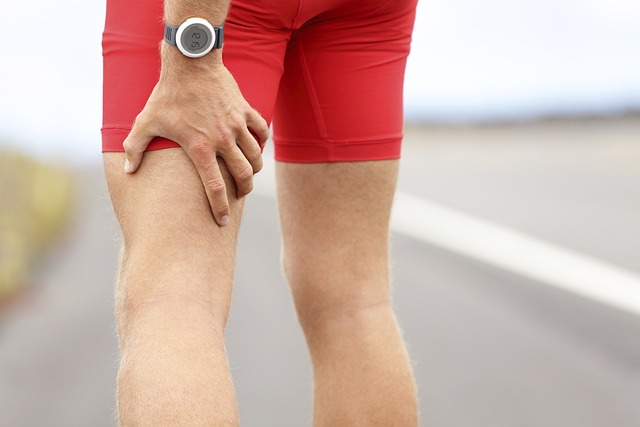
While workouts are an essential component of weight loss, achieving sustainable weight loss requires. A combination of regular exercise and a balanced diet.
Caloric deficit, where you consume fewer calories than you burn, is necessary to lose weight. Incorporate both workouts and healthy eating habits for optimal results.
Should I stretch before or after a workout?
It is recommended to perform a dynamic warm-up before a workout to prepare your muscles for the upcoming activity. Save static stretching for after your workout to improve flexibility and promote muscle recovery.
Dynamic movements such as leg swings, arm circles, and hip rotations are ideal for warming up.
How can I stay motivated to workout regularly?
Staying motivated can be challenging, but there are several strategies you can try. Set realistic goals, find activities you enjoy, vary your workouts. Find an exercise buddy or join a class, track your progress, reward yourself for milestones achieved.
And remember the positive effects exercise has on your physical and mental well-being.
Conclusion
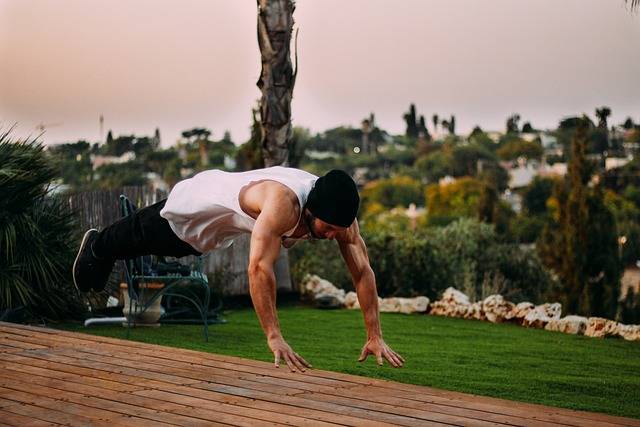
Incorporating regular workouts into your routine is a fantastic way to improve your overall health, fitness, and well-being. Whether you choose cardio, strength training, core workouts, leg workouts, upper body workouts, or flexibility exercises.
Finding activities you enjoy will make the journey more enjoyable and sustainable. Before beginning any new workout programmer, keep in mind to speak with a healthcare provider. Especially if you have underlying medical issues.
Stay consistent, stay motivated, and enjoy the process of becoming a fitter, stronger, and more flexible version of yourself.
<< Previous Post
https://newsstories.in/essential-workout-for-a-strong-and-healthy-body-level-1/
>> Next Post

